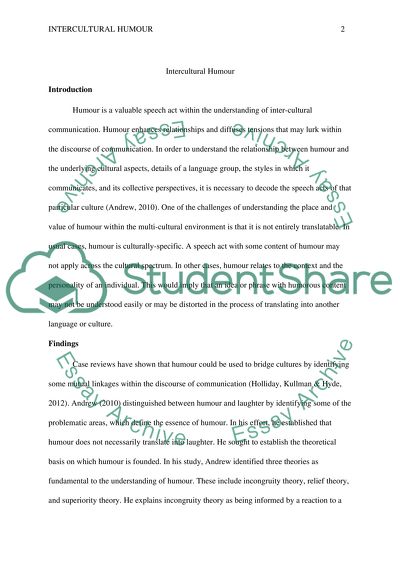Cite this document
(“Intercultural Humour Essay Example | Topics and Well Written Essays - 2500 words”, n.d.)
Intercultural Humour Essay Example | Topics and Well Written Essays - 2500 words. Retrieved from https://studentshare.org/english/1401615-intercultural-humour
Intercultural Humour Essay Example | Topics and Well Written Essays - 2500 words. Retrieved from https://studentshare.org/english/1401615-intercultural-humour
(Intercultural Humour Essay Example | Topics and Well Written Essays - 2500 Words)
Intercultural Humour Essay Example | Topics and Well Written Essays - 2500 Words. https://studentshare.org/english/1401615-intercultural-humour.
Intercultural Humour Essay Example | Topics and Well Written Essays - 2500 Words. https://studentshare.org/english/1401615-intercultural-humour.
“Intercultural Humour Essay Example | Topics and Well Written Essays - 2500 Words”, n.d. https://studentshare.org/english/1401615-intercultural-humour.


